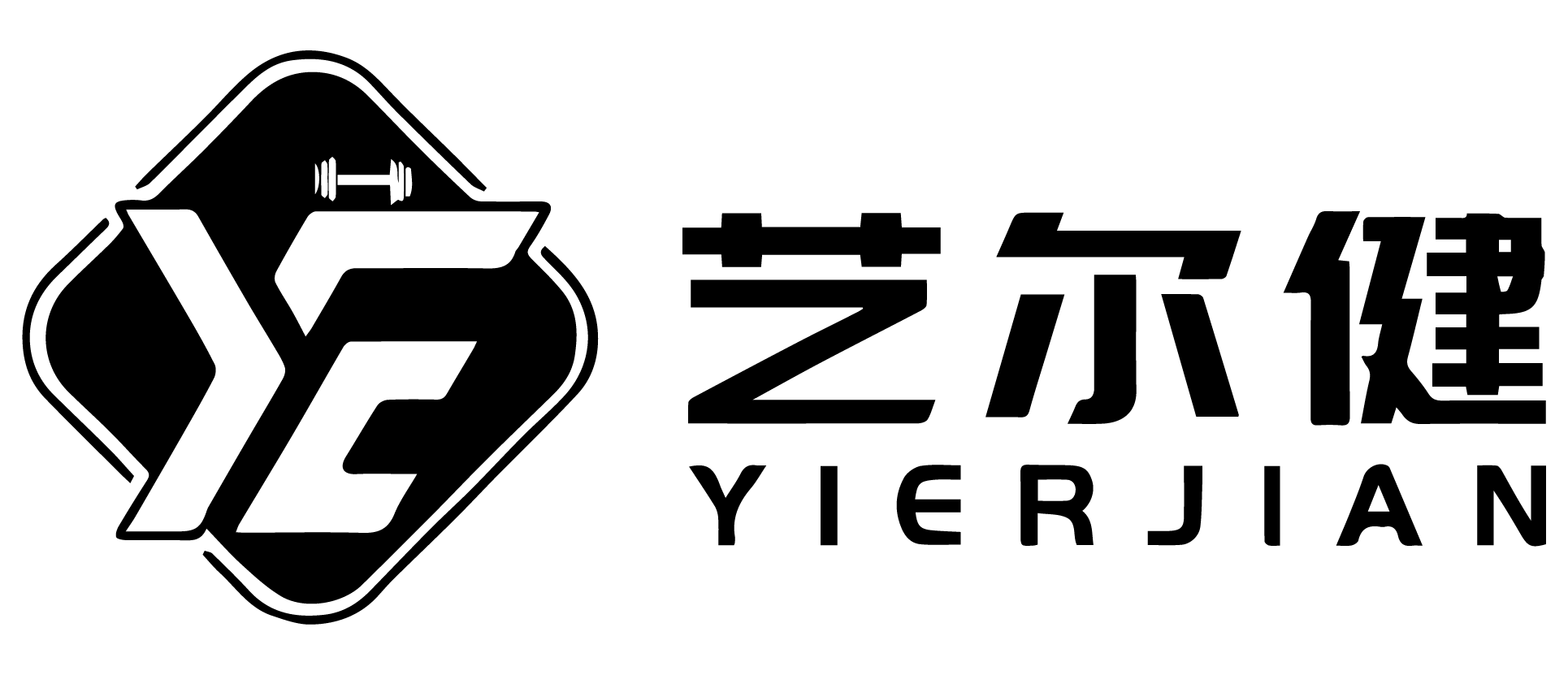As global health awareness continues to rise, the fitness equipment industry is experiencing unprecedented rapid growth. Whether it’s the popularity of home fitness or the application of smart technology, the fitness equipment market is constantly innovating and advancing. This article will delve into the latest trends, technological innovations, and future directions of the fitness equipment industry.
The Rise of Home Fitness
In recent years, home fitness has become a significant market trend. Especially during the pandemic, many people chose to exercise at home to avoid the risks of public gyms. This trend has driven the sales of home fitness equipment, with treadmills, exercise bikes, and elliptical machines becoming standard in home gyms. According to market research data, sales of home fitness equipment increased by 20% year-on-year in 2023.
The advantages of home fitness lie not only in convenience and safety but also in its flexibility. Users can exercise according to their schedules without being restricted by gym hours. Additionally, many home fitness devices are now equipped with virtual coaches and online courses, providing professional guidance and motivation to help users exercise more scientifically.
The Popularization of Smart Fitness Equipment
The application of smart technology has made fitness equipment more intelligent and personalized. Many devices now come with smart screens, heart rate monitors, and virtual coach functions to help users exercise more scientifically. For example, a certain brand’s smart treadmill can automatically adjust the training plan based on the user’s physical condition, providing a personalized fitness experience.
Moreover, smart fitness equipment can sync with mobile apps to record users’ workout data and provide detailed analysis reports. This data not only helps users understand their workout effectiveness but also allows them to create more scientific training plans. For instance, some smart bands and smartwatches can monitor users’ heart rates, sleep quality, and calorie consumption, helping users comprehensively understand their health status.
Environmental Protection and Sustainable Development
With the increasing awareness of environmental protection, the fitness equipment industry is also striving towards sustainable development. Many brands have started using eco-friendly materials to manufacture equipment and have launched recyclable products. For example, some treadmill brands use recycled plastics and bamboo materials to reduce environmental impact.
Additionally, some brands are committed to reducing carbon emissions during the production process by adopting green energy and eco-friendly processes. For instance, a certain brand’s fitness equipment factory uses solar power, reducing reliance on traditional energy sources. These environmental measures not only help protect the environment but also enhance the brand’s social responsibility image, gaining consumer recognition and support.
Diversified Development of Fitness Equipment
As people’s fitness needs diversify, the types of fitness equipment are also continuously enriching. In addition to traditional treadmills, exercise bikes, and strength training equipment, many new fitness devices have emerged in the market. For example, rowing machines, climbing machines, and jump rope machines provide users with more diverse workout options.
Furthermore, some brands have launched specialized fitness equipment for different groups of people. For example, low-impact fitness equipment for the elderly, fun fitness equipment for children, and shaping equipment for women. These specialized devices not only meet the fitness needs of different groups but also enhance the user experience.
Future Outlook
In the future, the fitness equipment industry will continue to develop towards intelligence, personalization, and environmental protection. With technological advancements and increasing health demands, the fitness equipment market will see more innovations and opportunities.
Smart technology will further integrate into fitness equipment, providing more intelligent and personalized fitness experiences. For example, artificial intelligence technology can help users create more scientific training plans, and virtual reality technology can offer more immersive workout experiences. Additionally, eco-friendly materials and green production processes will become industry standards, promoting the sustainable development of the fitness equipment industry.
In conclusion, the fitness equipment industry is in an era full of opportunities and challenges. Through continuous innovation and progress, the fitness equipment industry will provide more support and assurance for people’s healthy lives.


